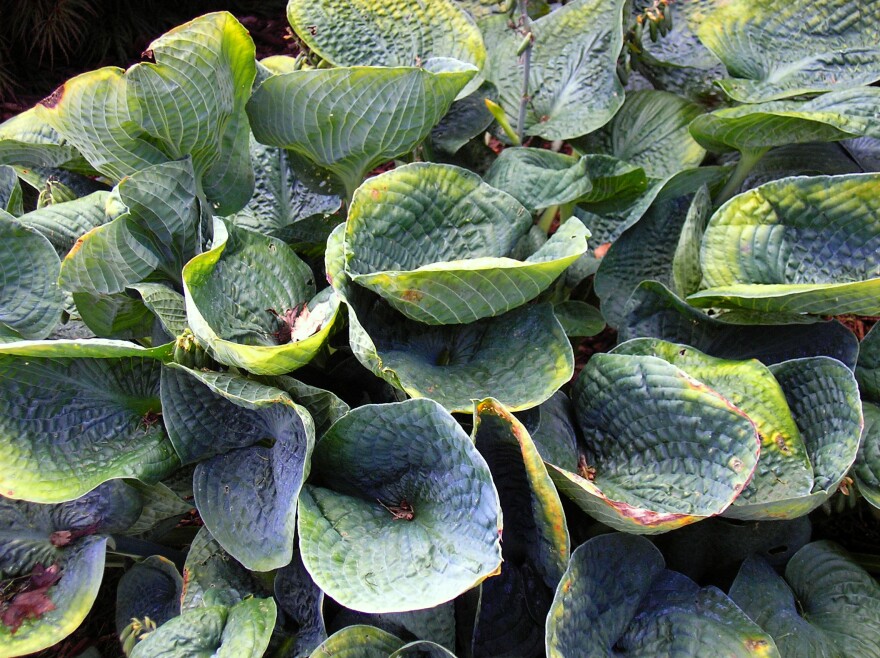Deep in the woods, tall wood nettle, wingstem, ironweed, and touch-me-nots have obscured the web of spring and summer, all the trilliums, the violet cress, the ragwort, the purple phlox, toothwort, Jack-in-the pulpit and bluebells, honewort, waterleaf.
In my garden, giant hosta leaves have covered the foliage of snowdrops, aconites, crocus and scilla. Pigweed, creeping Charlie, wild violets, waterleaf, dandelions and amaranth have filled in all around the remnants of the April windflowers. The stalks of hyacinths, daffodils and tulips have disintegrated under the August zinnias and Mexican sunflowers.
A listing of those flowers is like a recitation of historical facts. Like dates or events in human history, they are lost or do not make sense unless they are recreated in my mind. Memory and imagination tell the stories, fill in the setting with details of sound, taste, texture and color and odor, connect the stories to other stories.
The meaning of natural history, like the meaning of human history, is dependent on my reenactment of what I saw happen or of what I believed happened. Without the thinking of or the telling of what has occurred, things lose their place, become disconnected, make no sense.
So I go back over what has taken place in the woods and garden. I relive as best I can the steps which brought me here, review in recollection their sequences pulled from underneath the overgrowths of previous phases.
This is Bill Felker with Poor Will’s Almanack. I’ll be back again next week with notes for the second week of early fall. In the meantime, spend a little time remembering, and making sense.



